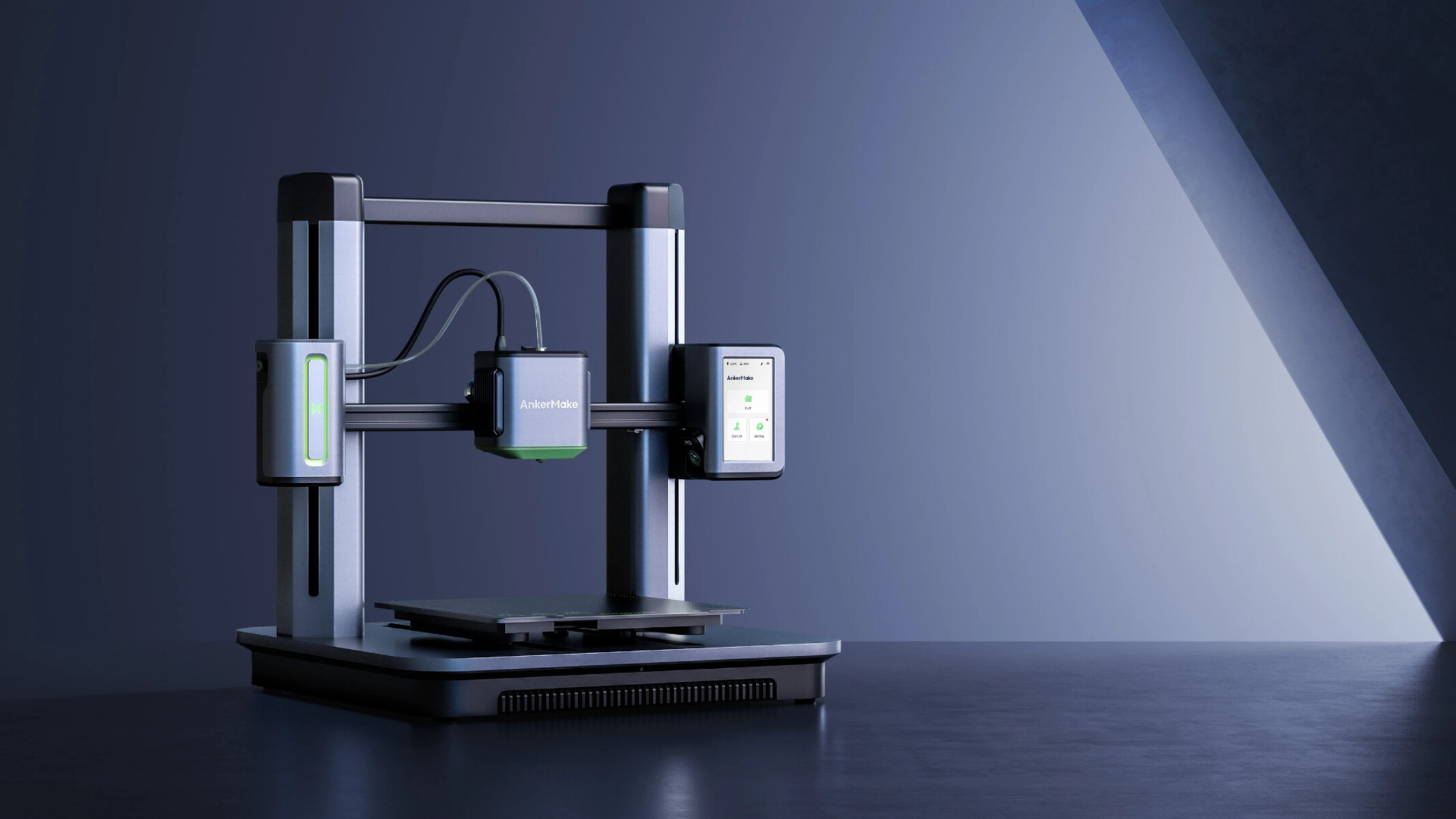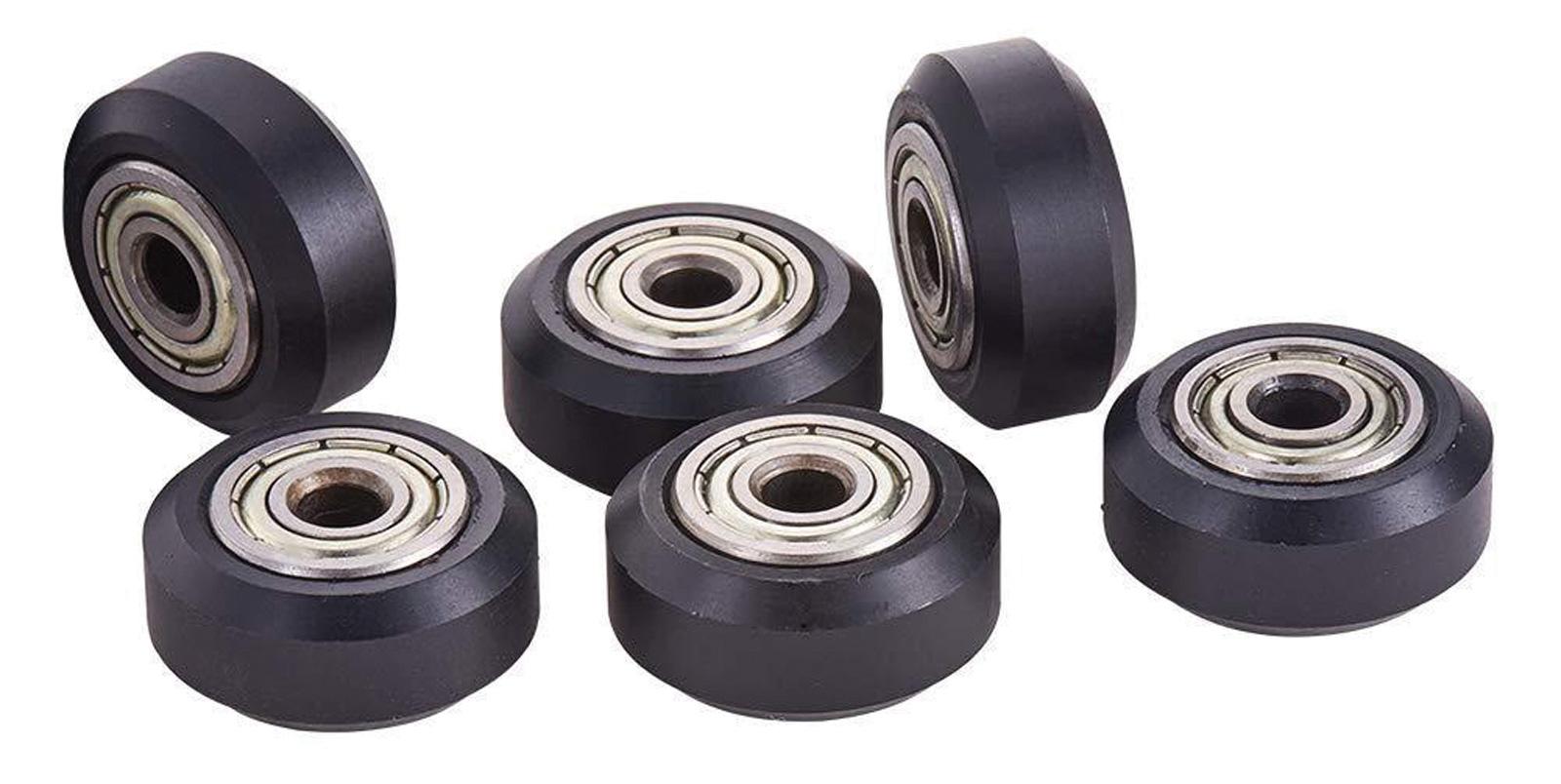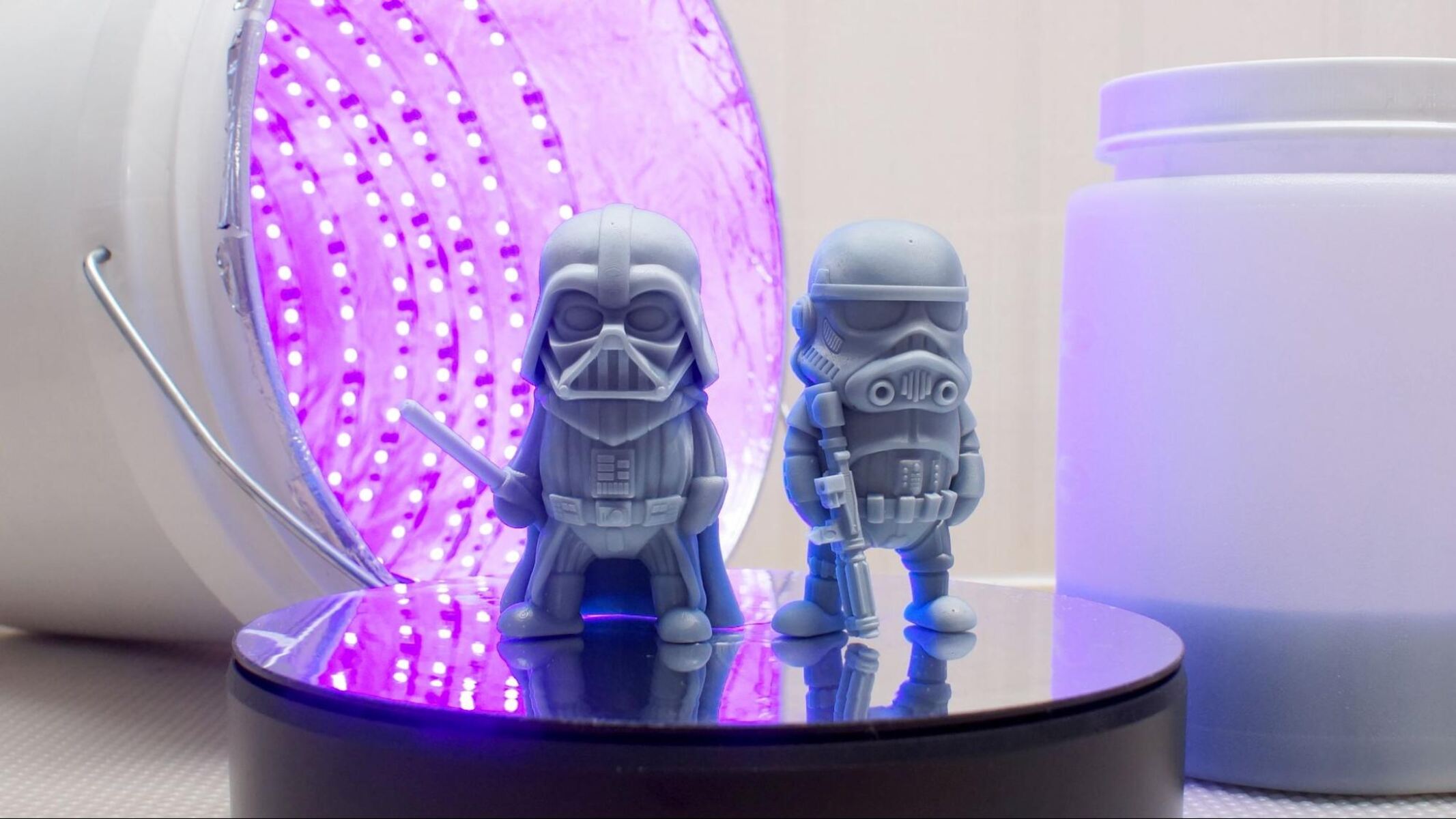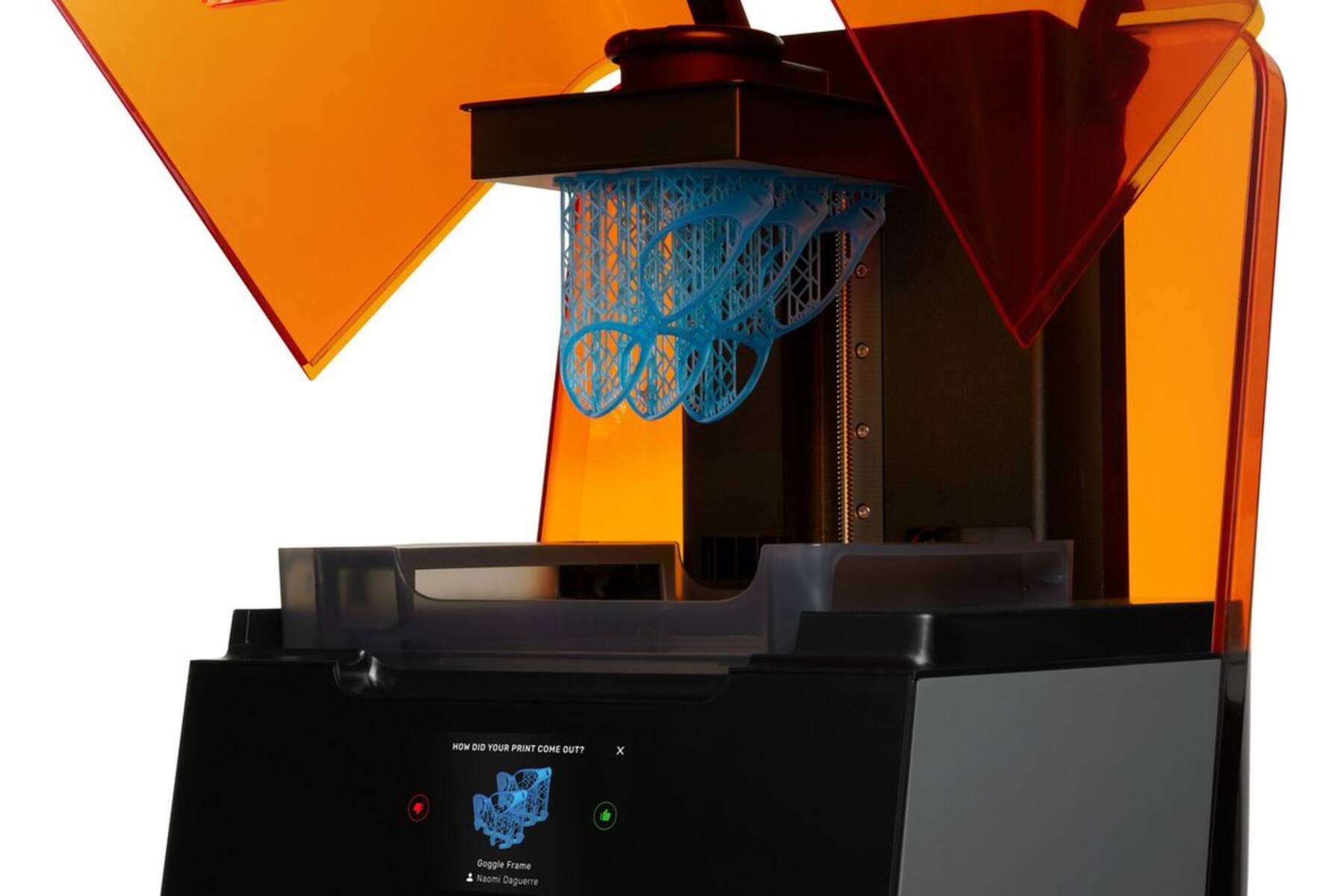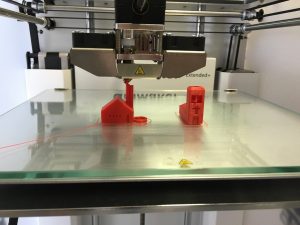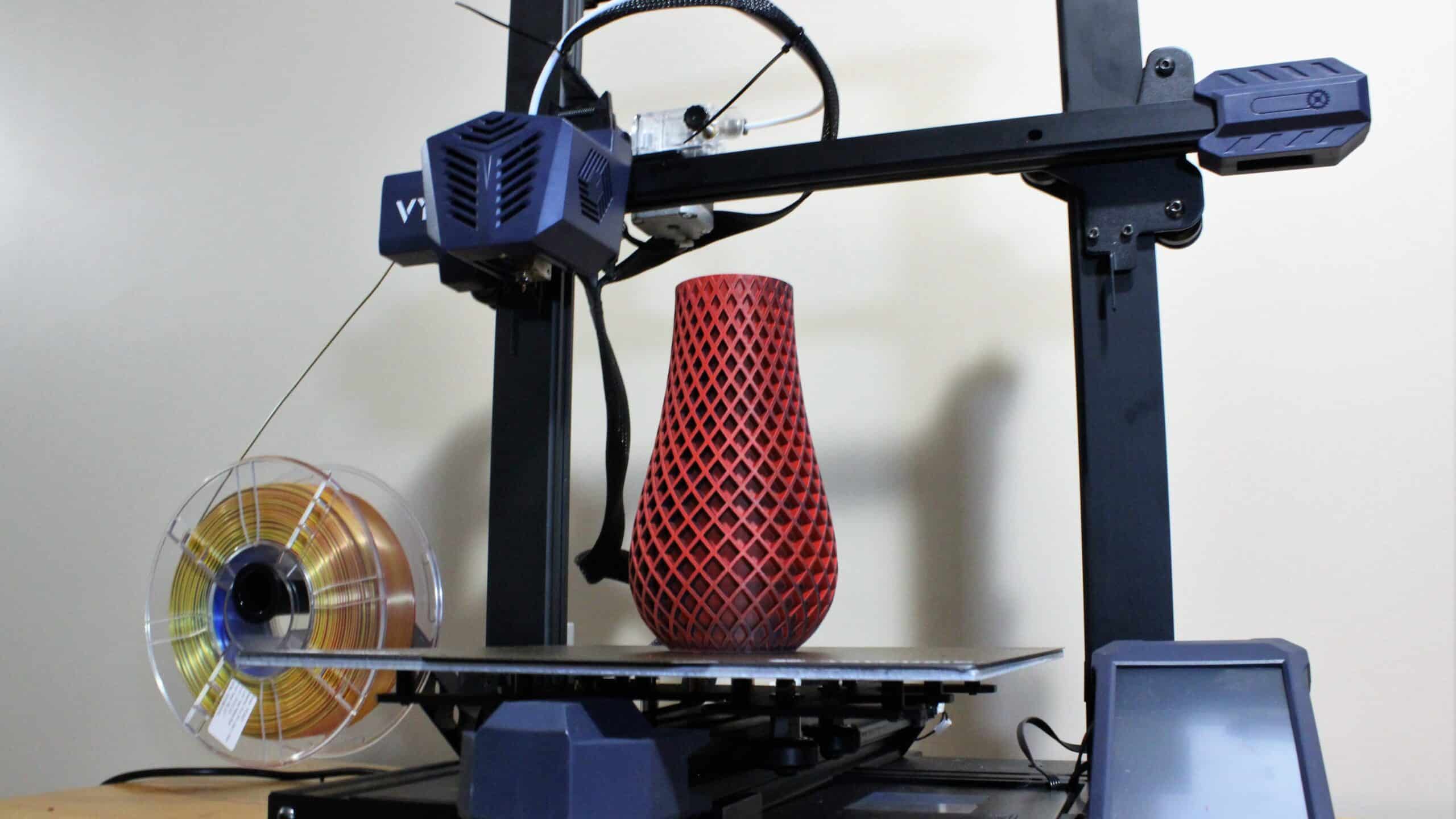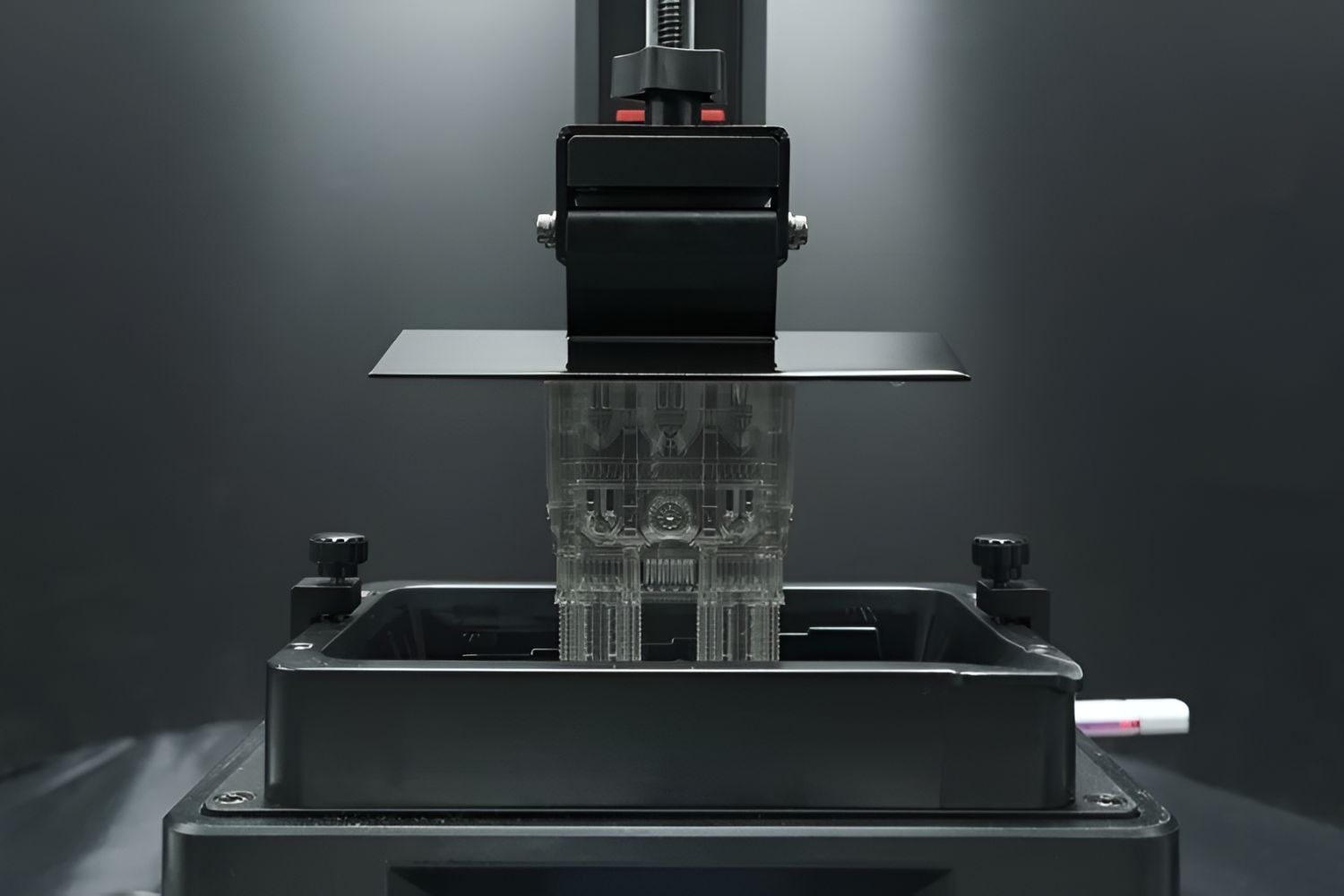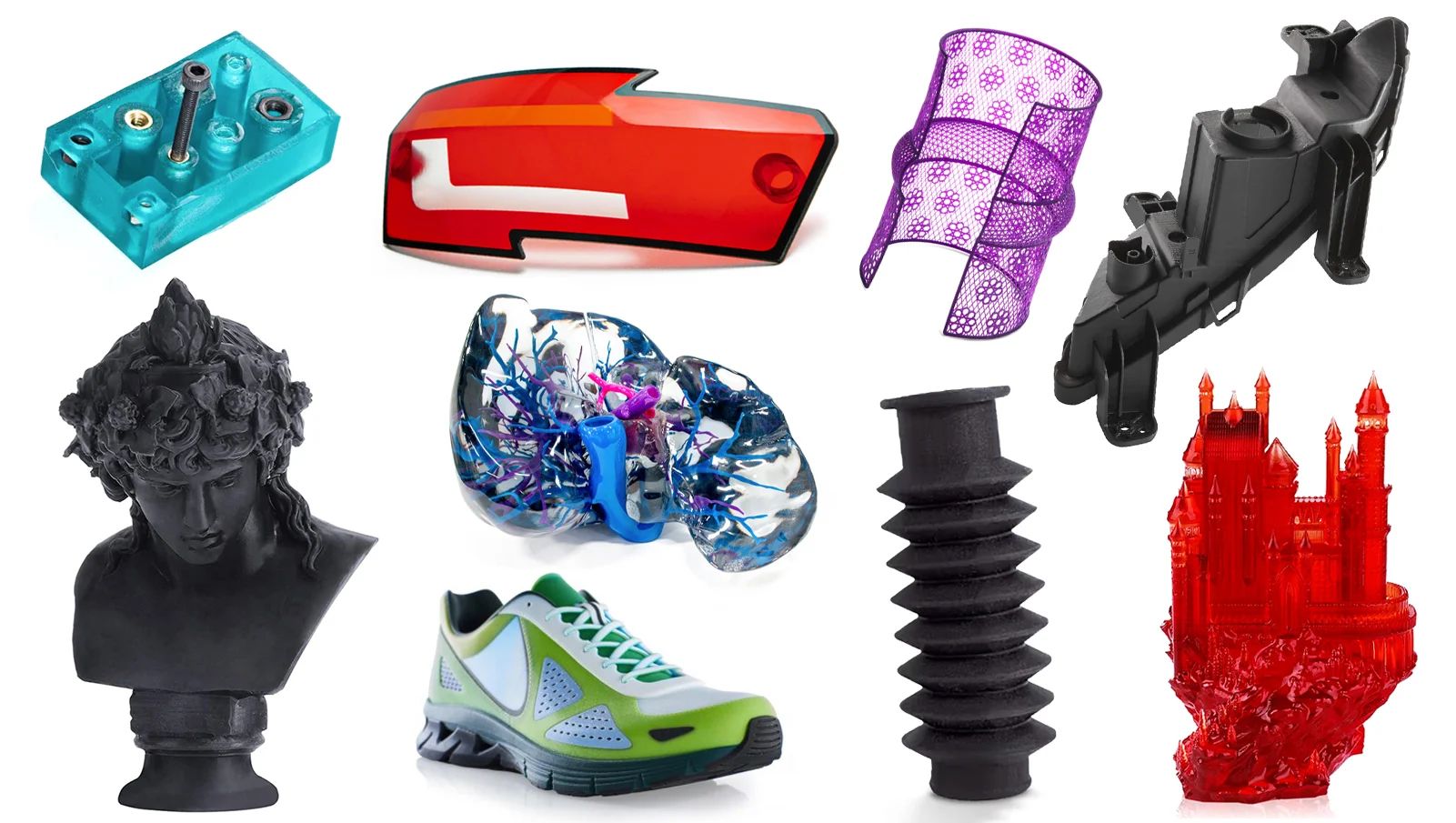Introduction
When it comes to creating high-quality miniatures, 3D printing has revolutionized the process. No longer bound by the limitations of traditional manufacturing methods, hobbyists and professionals alike can now produce intricate and detailed miniatures with ease. However, with different types of 3D printers available on the market, it can be overwhelming to determine which one is best suited for miniature production.
In this article, we will explore the various types of 3D printers commonly used for miniatures, highlighting their strengths and limitations. By understanding the different technologies and their applications, you can make an informed decision and choose the best 3D printer for your miniature projects.
Before delving into the specific types of printers, it’s important to note that each technology offers unique advantages and may cater to different needs. Factors such as print quality, resolution, speed, and material compatibility all play a significant role in selecting the ideal printer for miniature production.
Throughout this article, we will discuss five types of 3D printers commonly used for miniatures: Fused Deposition Modeling (FDM), Stereolithography (SLA), Digital Light Processing (DLP), Selective Laser Sintering (SLS), and Direct Metal Laser Sintering (DMLS). Each of these technologies excels in specific areas, making them suitable for different miniature manufacturing requirements.
By examining the advantages and limitations of each printer type, you will gain a comprehensive understanding of the options available, allowing you to make an informed decision based on your specific needs and budget.
FDM Printers for Miniatures
Fused Deposition Modeling (FDM) printers are one of the most popular options for creating miniatures. These printers work by extruding molten filament layer by layer to build up the model. FDM printers are known for their affordability, ease of use, and wide range of filament material options.
One of the main advantages of FDM printers for miniatures is their versatility. They can print in a variety of materials, including PLA, ABS, PETG, and more. This allows for the creation of miniatures with different levels of intricacy and durability. Additionally, FDM printers can produce larger prints, making them suitable for creating miniatures with greater dimensions.
However, FDM printers have some limitations when it comes to creating highly detailed miniatures. The layer lines produced by the extrusion process can be visible on the final print, requiring additional post-processing and smoothing techniques. In addition, the resolution of FDM printers may not be as high as other technologies, which can impact the level of detail that can be achieved.
Despite these limitations, FDM printers are an excellent choice for hobbyists and beginners due to their affordability and ease of use. They offer a great entry point into 3D printing and can produce satisfactory results for many miniature projects.
When choosing an FDM printer for miniatures, it’s crucial to consider several factors. Look for printers with a smaller nozzle size, as this allows for more detailed prints. Additionally, pay attention to the build plate size and the printer’s overall resolution to ensure it meets your specific project requirements.
Overall, FDM printers are a popular choice for creating miniatures due to their affordability and versatility. While they may have some limitations regarding fine detail and finishing, they offer an accessible and budget-friendly option for hobbyists and beginners in the world of 3D printing.
SLA Printers for Miniatures
Stereolithography (SLA) printers are another technology commonly used for creating miniatures. Unlike FDM printers that extrude filament, SLA printers use a liquid resin that is cured layer by layer using a UV light source.
One of the significant advantages of SLA printers for miniatures is their exceptional level of detail and precision. The curing process results in smooth and highly detailed prints, making them ideal for intricate and delicate miniatures. The layer lines are almost invisible, providing a near-flawless finish straight off the printer.
Additionally, SLA printers offer the ability to print miniatures with complex internal structures, such as hollowed spaces and intricate designs. This is achieved by using support structures that can be easily removed after printing. The resin material used in SLA printing also allows for a wider color range, enabling vibrant and dynamic miniatures.
However, SLA printers have some limitations. They can be more expensive compared to FDM printers, both in terms of the printer itself and the resin materials. The resin can also be hazardous to handle, requiring proper safety precautions during the printing process. Furthermore, the print speed of SLA printers may be slower compared to other technologies, affecting the overall production time.
When choosing an SLA printer for miniatures, consider the build volume and the resolution of the printer. These factors will determine the size and level of detail you can achieve. It’s also important to research and select the appropriate resin material for your specific miniature requirements.
Overall, SLA printers are an excellent choice for creating high-detail miniatures with smooth finishes. While they may come at a higher cost and require some additional safety measures, the end result is often worth it for those seeking exceptional quality and precision.
DLP Printers for Miniatures
Digital Light Processing (DLP) printers are another popular option for creating miniatures. Similar to SLA printers, DLP printers use a liquid resin that is cured layer by layer using light. However, instead of a single UV light source, DLP printers utilize a digital micromirror device to project light onto the resin.
One of the advantages of DLP printers for miniatures is their speed. The digital micromirror device allows for faster curing times, resulting in quicker print jobs compared to SLA printers. Additionally, DLP printers offer excellent precision and detail, comparable to SLA printing. The smooth and consistent layering of the resin leads to high-quality miniature prints.
Another benefit of DLP printers is their relatively large build volume. This makes them suitable for creating larger miniatures or multiple miniatures in a single print. DLP printers also offer a wide range of resin material options, allowing for greater flexibility in design and color choices.
However, like SLA printers, DLP printers can be more expensive compared to FDM printers. The cost of the printer itself, as well as the resin materials, should be taken into consideration. Additionally, the use of resin requires proper handling and safety precautions due to its chemical nature.
When selecting a DLP printer for miniatures, consider the print volume and resolution to ensure it meets your project requirements. Research and choose the appropriate resin material, taking into account factors such as color availability and curing properties.
In summary, DLP printers offer fast and precise printing capabilities, making them a practical choice for creating miniatures. While they may have a higher price point and require special care when working with resin, their ability to produce high-quality prints with detailed features makes them a valuable option for miniature enthusiasts and professionals.
SLS Printers for Miniatures
Selective Laser Sintering (SLS) printers are a versatile option for creating miniatures. Unlike FDM, SLA, and DLP printers, SLS printers use a powdered material, such as nylon, and a laser to fuse the particles together layer by layer.
One of the main advantages of SLS printers for miniatures is their ability to create highly detailed and durable prints. The laser sintering process allows for intricate designs and fine features, resulting in exceptional print quality. Additionally, SLS printers have excellent material compatibility, allowing for a wide range of material options, including nylon, metal, and composite materials.
Another significant advantage of SLS printers is the ability to create fully functional, moving parts within the miniature. This is particularly useful for creating articulated or mechanically functional miniatures, providing a level of realism and interaction for gaming or display purposes.
However, SLS printers have higher upfront costs compared to FDM and even SLA printers. The printers themselves can be more expensive, and the powder materials can also be costlier. Additionally, the SLS printing process may require additional post-processing to remove excess powder and achieve a smooth surface finish.
When choosing an SLS printer for miniatures, consider the build volume and resolution to ensure it meets your desired size and detail requirements. Additionally, research the available powder materials and their properties to select the most suitable option for your specific miniature project.
In summary, SLS printers offer the capability to create highly detailed, durable, and functional miniatures. While they may have higher upfront costs and require additional post-processing, the level of detail and material versatility they provide make them an excellent option for those seeking to create intricate and realistic miniatures.
DMLS Printers for Miniatures
Direct Metal Laser Sintering (DMLS) printers are a specialized type of 3D printer used for creating metal miniatures. Unlike other 3D printing technologies, DMLS printers use a high-powered laser to fuse powdered metal particles together layer by layer.
One of the main advantages of DMLS printers for miniatures is their ability to produce highly detailed and intricate metal prints. The precise laser sintering process allows for the creation of complex designs and fine features that would be difficult to achieve with other manufacturing methods.
DMLS printers can handle a wide range of metal materials, including stainless steel, titanium, aluminum, and more. This makes them suitable for creating metal miniatures with excellent structural integrity and authenticity. Metal miniatures printed with DMLS technology can be polished, finished, and painted just like any other metal object, providing a professional and realistic appearance.
However, DMLS printers are generally more expensive compared to other 3D printing technologies, both in terms of the printer itself and the cost of metal powder materials. The metal powders used in DMLS printing require careful handling and safety precautions due to their potentially hazardous nature.
When considering a DMLS printer for miniatures, factors such as build volume, resolution, and compatibility with different metal materials should be taken into account. It is essential to have a clear understanding of the specific metal requirements for your miniature project and ensure the printer can meet those needs.
In summary, DMLS printers offer the ability to create highly detailed metal miniatures with excellent structural integrity. While they may have higher costs and require special safety precautions, the authenticity and realism they provide make them a valuable tool for miniature enthusiasts and professionals looking to bring their designs to life in metal.
Conclusion
Choosing the right 3D printer for miniature production can greatly impact the quality and detail of your creations. Each type of printer discussed in this article – FDM, SLA, DLP, SLS, and DMLS – offers unique advantages and considerations.
If you are a hobbyist or beginner looking for an affordable and versatile option, FDM printers are a great choice. They offer a wide range of filament options and can produce satisfactory results for many miniature projects.
For those seeking exceptional detail and precision, SLA printers are a top contender. They excel at producing smooth and highly detailed prints, making them ideal for intricate and delicate miniatures.
DLP printers are a practical choice for those who need fast printing capabilities while maintaining high-quality results. Their ability to create detailed prints at a relatively fast pace makes them a popular option.
SLS printers are a versatile option for creating highly detailed and durable miniatures. Their compatibility with a variety of materials and the ability to create moving parts within the miniature provide unique possibilities.
For enthusiasts or professionals looking to create metal miniatures, DMLS printers are the go-to choice. They offer the ability to produce intricate metal designs with excellent structural integrity.
In conclusion, the right 3D printer for miniatures will depend on your specific needs, budget, and desired level of detail. Consider the factors discussed in this article, such as print quality, resolution, material compatibility, and cost, to make an informed decision that aligns with your miniature production goals.
Whether you are a hobbyist, gamer, or professional, the advancements in 3D printing technology have opened up a world of possibilities for creating stunning miniatures. Embrace the possibilities and let your creativity soar as you bring your imagined worlds to life, one miniature at a time.







